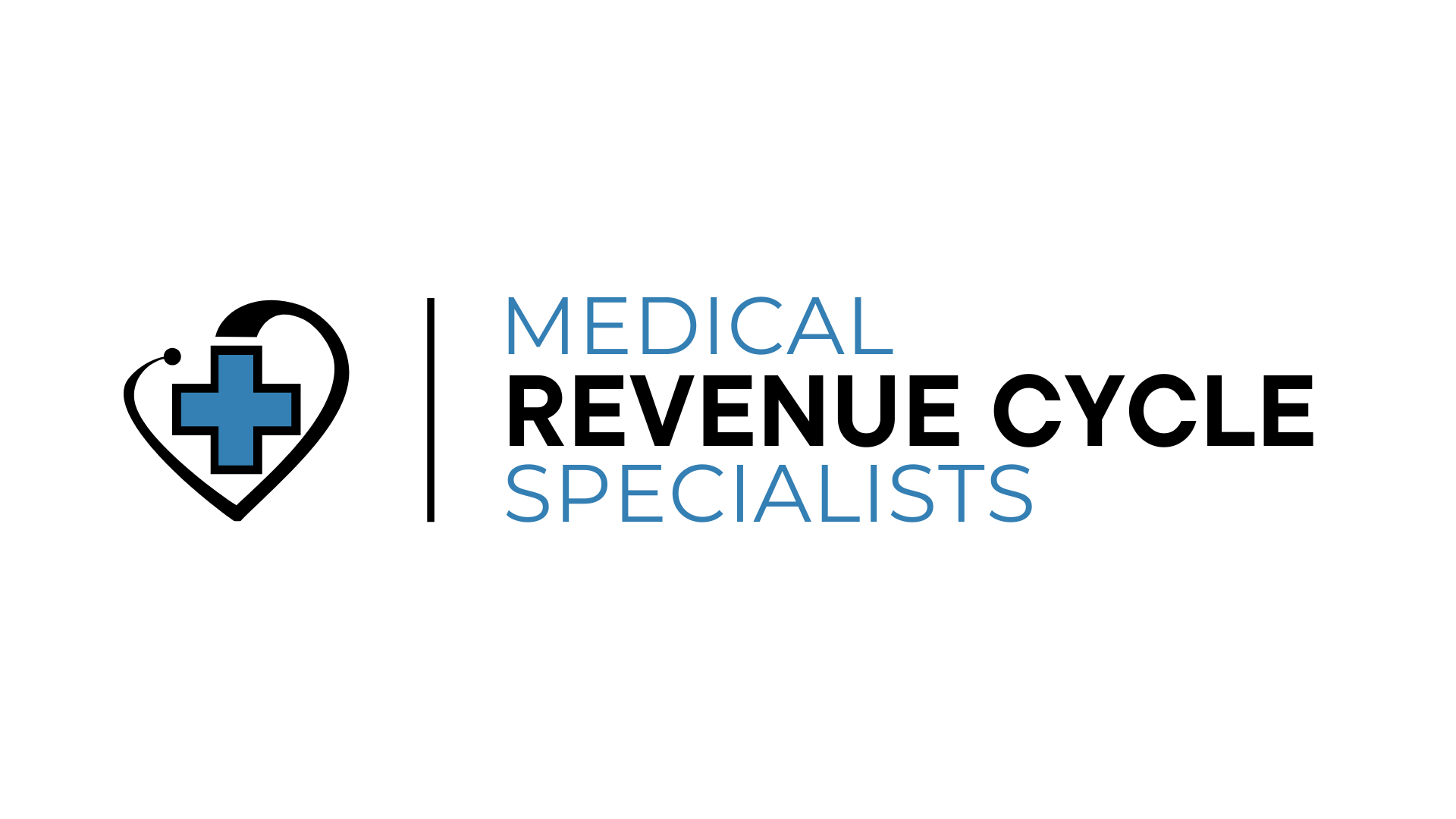Navigating the Maze of Prior Authorization Requests: Best Practices for Medical Providers
- Nick Fernandez

- Sep 13, 2023
- 2 min read
Updated: Sep 19, 2023

In the healthcare sector, Prior Authorization Requests (PARs) often serve as a gatekeeping mechanism, ensuring that treatments are medically necessary and financially feasible. However, this process can become a double-edged sword, putting obstacles in the path of patient care. Medical providers can find themselves entangled in a web of guidelines, paperwork, and potential denials that not only consume precious time but also hinder optimal patient outcomes.
In this blog, we will look at common reasons for non-affirmations and denials, while suggesting best practices to improve the approval rates of PARs.
Why Prior Authorization is a Challenge
For starters, let’s clarify what Prior Authorization is. It is a decision made by an insurance provider about whether to cover specific healthcare services or treatments. A significant amount of time is invested in this process—usually between 30 and 45 minutes for basic authorization, and even more for complex cases.
Such delays can be detrimental to the patient. For example, a patient with resistant hypertension may see their condition deteriorate while waiting for their prior authorization medication to be approved. The impact extends beyond patients to medical facilities, affecting their bottom line and potentially community health at large.
Most Common Reasons for Denials
The reasons for denials can be broad-ranging, including but not limited to:
Clerical errors such as misspelled names or incorrect billing codes
Incomplete or missing information about previous treatments the patient has tried
Lack of evidence-based clinical guidelines in the paperwork
Understanding these common pitfalls can prepare you for a more effective submission process.
Best Practices for Successful Submission
Single Fax Coversheet: Use only one fax coversheet during submission. Multiple coversheets can break up the documentation and cause delays.
Valid Contact Details: Ensure that the contact person listed has a direct phone number. Failure to reach the contact person can result in a non-affirmation.
Timing Matters: Especially for Hospital Outpatient Department Services, it's advisable to allow at least 10 business days for reviews.
Complete and Unredacted Documentation: Incomplete or redacted documentation will lead to immediate dismissal.
From Provider Experiences:
Double-Check Everything: From spelling to billing codes, every detail counts.
Comprehensive Treatment History: Outline any treatments the patient has already tried and failed.
Support Your Claims: Back up your claims with evidence-based clinical guidelines.
Additional Tips:
Use of Revenue-Cycle Processes and Software: Utilizing revenue-management software can help streamline the process by organizing all your data effectively.
Consult a Medical Billing Service: Such services can take the weight off your shoulders by efficiently handling the pre-authorization process.
Plan Ahead: Always anticipate that pre-authorizations may get denied, so build in extra time to navigate through potential roadblocks.
Conclusion
Prior Authorization Requests may seem daunting, but they are navigable with the right knowledge and tools. Being aware of why denials commonly occur and adhering to best practices can drastically improve your chances of getting the green light for essential treatments.
Remember, the goal is to provide the best possible care for your patients. By streamlining your approach to PARs, you can minimize delays, improve treatment outcomes, and make the healthcare experience better for everyone involved.




Comments